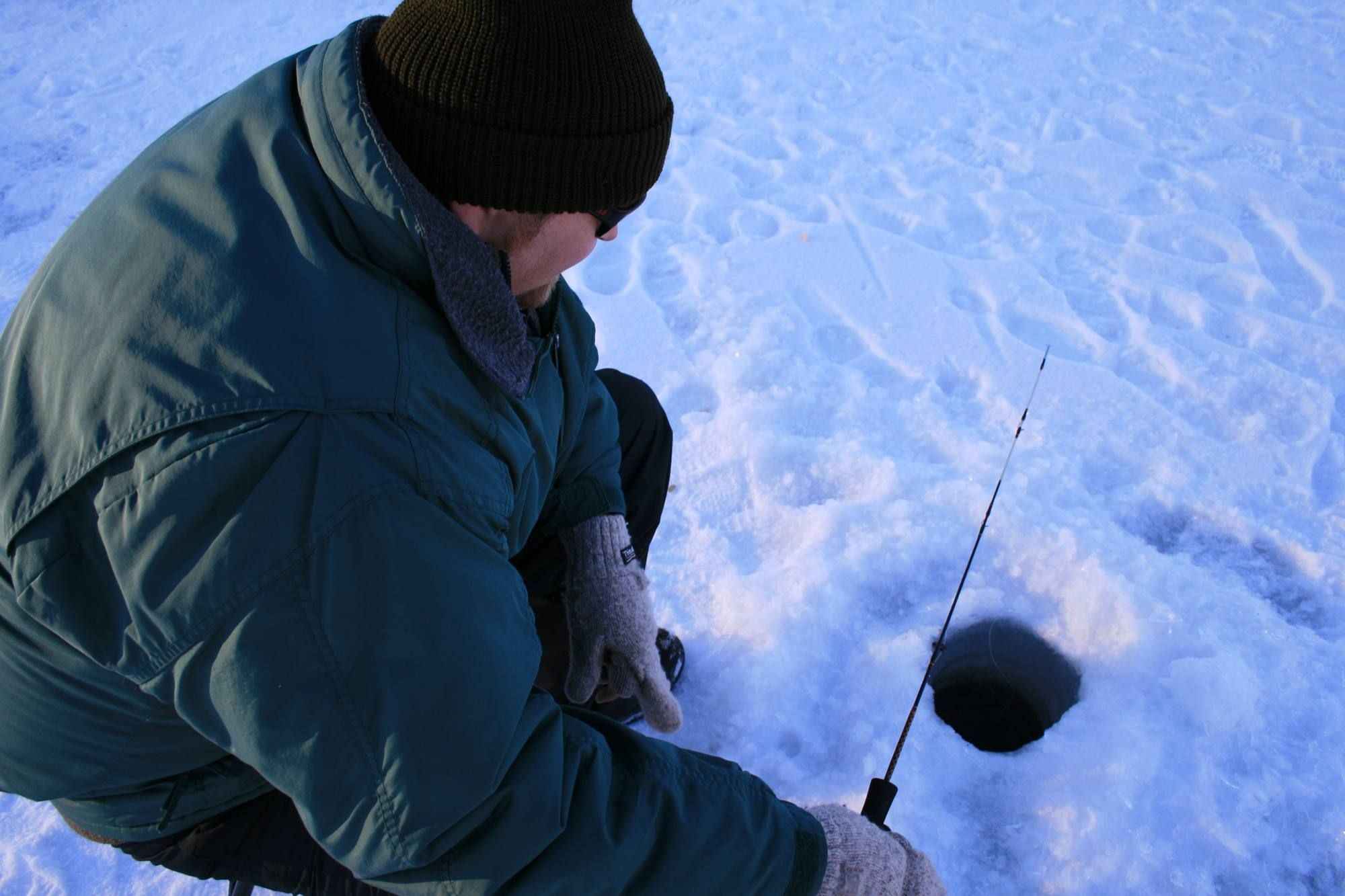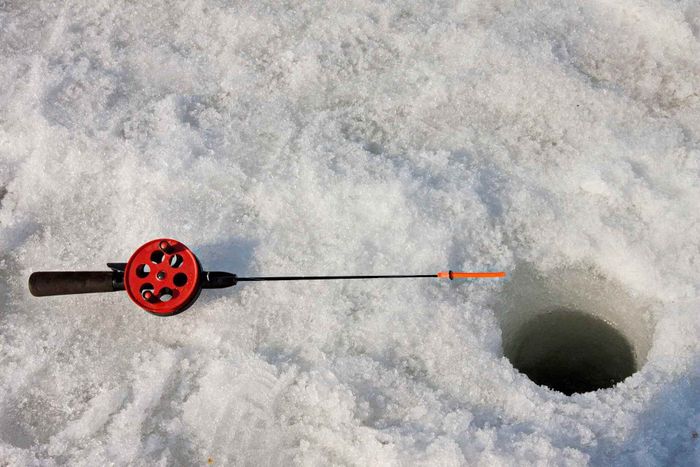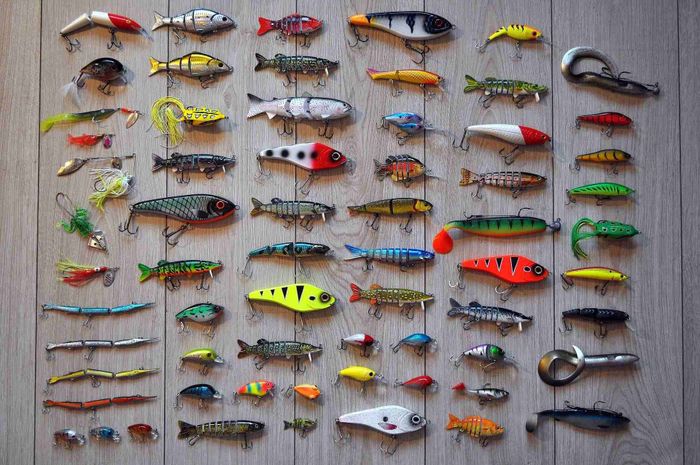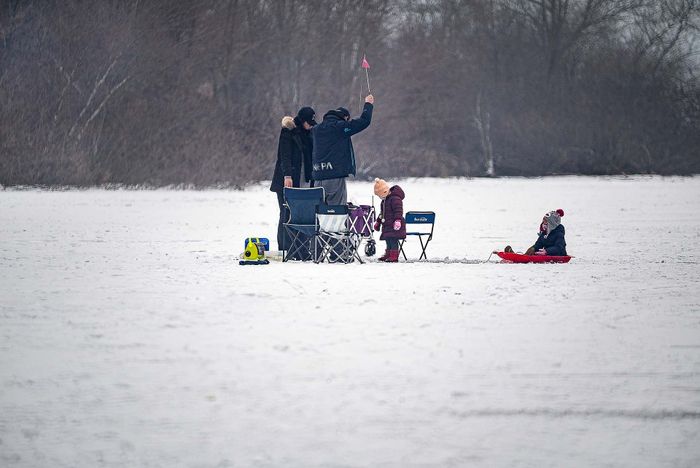Which Gear is Essential for Ice Fishing?
Ice fishing is a distinct experience wherein people go fishing in the winter! Learn what you should bring to an ice fishing trip here.

Planning to do some ice fishing this year? Worry not! We’re here to help those who are just starting out on this type of fishing. Ice fishing at first may seem easy enough, but if you’re unprepared for it, your plan may already be skating on thin ice. In order to avoid such a frosty experience, even perilous if one really didn’t take the necessary precautions, we have listed down the necessary gear you will need to bring in order to have a successful ice fishing trip. From the simple fishing rod to the more complex ones such as which type of electronics one should bring to make their experience more enjoyable, we shall explain it here.
What is Ice Fishing?
Before we get into more detail about equipment, we need to know first what ice fishing is. Ice fishing is the act of catching fish through a hole made on a frozen lake, river, or any water body. Ice fishing could be as simple as sitting on a frozen lake fishing on a small hole you’ve made with your trusty fishing rod. But nobody really does that out of cartoons anyways.

It sounds simple right? Wrong. Ice fishing could be dangerous if you’re not careful as making a hole on a body of water could create cracks on the ice that could lead to it becoming unstable. We’re not even mentioning hypothermia yet, sitting in the cold without proper cold-weather gear is just asking for you to get sick, or worse. Aside from knowing how to measure the thickness of the ice and where to best make a hole to catch fish, you must also need to know the proper gear needed to do so.

Ice Fishing Rods
You can’t just go ice fishing with a run of the mill fishing rod, there is actually a specific type of fishing rod that is designed primarily for ice fishing. These types of rods are usually spinning types and are made of cold-resistant materials such as fiberglass or graphite so that they can remain flexible in spite of the cold. These rods are also shorter than the fishing rods you would use when angling on either saltwater or freshwater, they are just around 24 to 36 inches long. Depending on what kind of fish you are catching it may be best to use either an ultralight one or something heavier.
A simple spring-tension reel is good for ice fishing if you don’t have a spinning reel at hand. Another type of reel that is good for ice fishing is the flying reel. Always remember that the type of reel that you are using should match with the type of rod you’re using. Lighter rods require lighter lines and vice versa.

Ice Fishing Bait and Lures
Now that you have your rod, it is time to know which bait and lures are useful in ice fishing. For live bait, you should try to use maggots, spikes (fly larvae), wax worms (bee moth larvae), minnows, or wigglers (mayfly larvae). For those who don't wish to use actual live bait, you could try to use artificial bait, such as plastic baits. For bigger fish, you should use minnows, salmon eggs, spawn bags, or smelt. For lures, use flies or add some jigs to your bait. You could try to use jigs that are teardrop-shaped with horizontal presentations or banana jigs with vertical presentations for this.

Ice Fishing Tools and Equipment
With both your fishing rod and the bait and lure to be attached to it secured, it is time to have the equipment necessary in making a hole in the ice you are planning to fish on as well as finding fish that’s hiding beneath the ice. For these tasks, you would need your ice fishing augers, chisels, and fishfinder.
- Ice fishing augers are like giant corkscrews used to bore holes into the ice that operates similar to a hand drill. For thicker ice, a powered auger is available although it would seriously weigh you down, so take this into consideration when picking equipment.
- Ice fishing chisels are used to chip into the ice or make holes in thinner ice. It is a long-handled blade that comes to a point on one side. These allow you to make a smaller hole in the ice if you so wish as well as to enlarge ones that your auger has already dug. These chisels are usually 8 to 12 inches long, although some anglers prefer to use axes instead.
- Fishfinders allow you to know whether or not you’re digging into the solid ground instead of water as well as locate the depth, position, and even the thermocline of the water below. This is done through the use of a transducer that sends sound waves through the water. It then uses the data gathered to provide information on what is down in the water. This is also used to measure whether or not the ice is thick enough to be able to withstand heavy weights for extended periods of time.

Ice Fishing Clothing and Shanties
Your equipment wouldn’t be complete without actual winter clothing now, would it? For those who really want to get in on the spirit of ice fishing, or those who plan to fish all day, you can purchase an ice fishing suit that is very popular with all-day ice fishing anglers. These suits are usually made of synthetic materials such as polyester or are dry-fit. Dri-fit in particular is recommended as it is made of upgraded polyester and it allows for moisture-wicking. This means that sweat won’t stay in your body and instead would rapidly evaporate.
To anglers who are not planning on fishing all day, winter clothing that has a moisture-wicking base layer, a well-insulated and wind-breaking middle layer, and finally a breathable outer shell will suffice alongside a hat and scarf. Purchasing good ice fishing gloves is also a worthwhile investment as these allow you to grip your fishing rod properly even when it’s really cold. These gloves are either made of 100% waterproof neoprene, which is the same material used in making wetsuits, or materials like Spandex that includes some neoprene. To be on the sure side, purchasing ice cleats and safety picks as well as a whistle are also recommended.
For those who really wish to be prepared for all occasions, you could purchase a portable ice shanty as well. Some ice shanties could be home-made, others could be purchased made of insulated, portable walls. It is important to note the thickness of the ice on where you are planting it to see if it can handle the shanty’s weight, as well as pulling it into the ice so that it won’t be blown away by strong winds. Anglers often festoon these with other equipment as well, such as heaters, buckets, and other necessities.
Knowing is Half the Battle
Now that you’re set, it is still important to review all the safety protocols that you need to take into account when you’re about to go out. A good angler must first know more about the place that they’re going to fish on, as well as bringing the necessary tools to measure the ice and other location devices at their disposal such as a GPS. All the best equipment in the world won’t do you any good if you don’t know how to use them, so familiarize yourself with your equipment. If you’re still not sure, consult an expert. Once that is all done, you can go with confidence that your ice fishing trip won’t be for naught.




